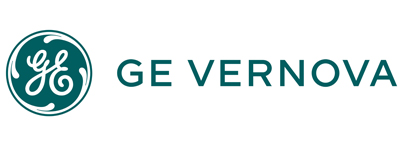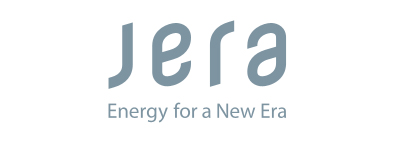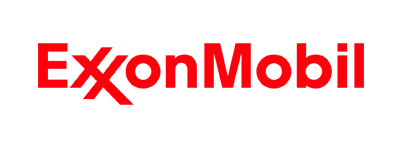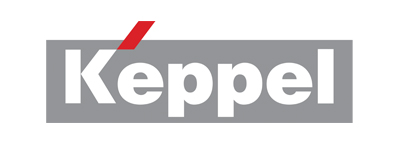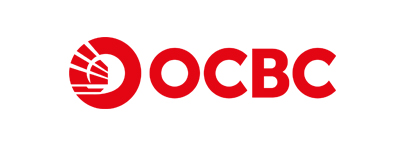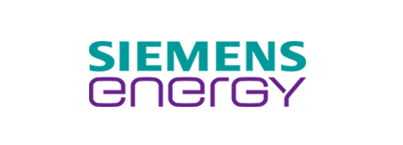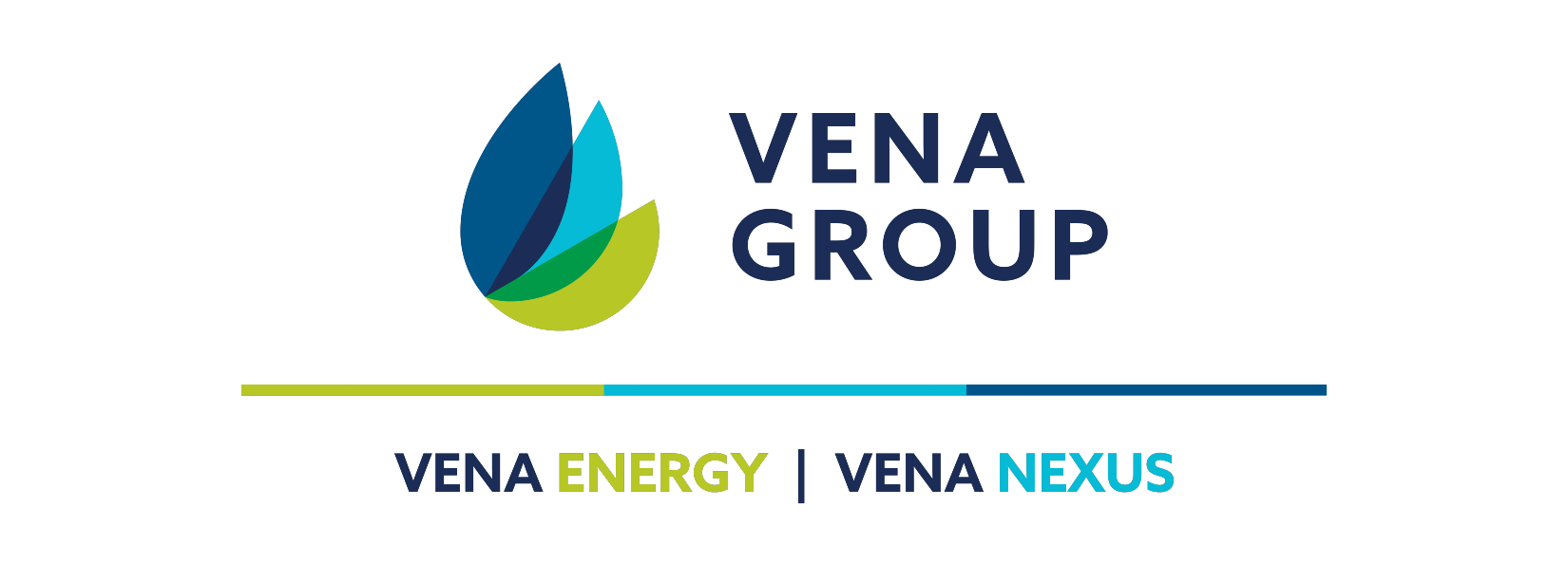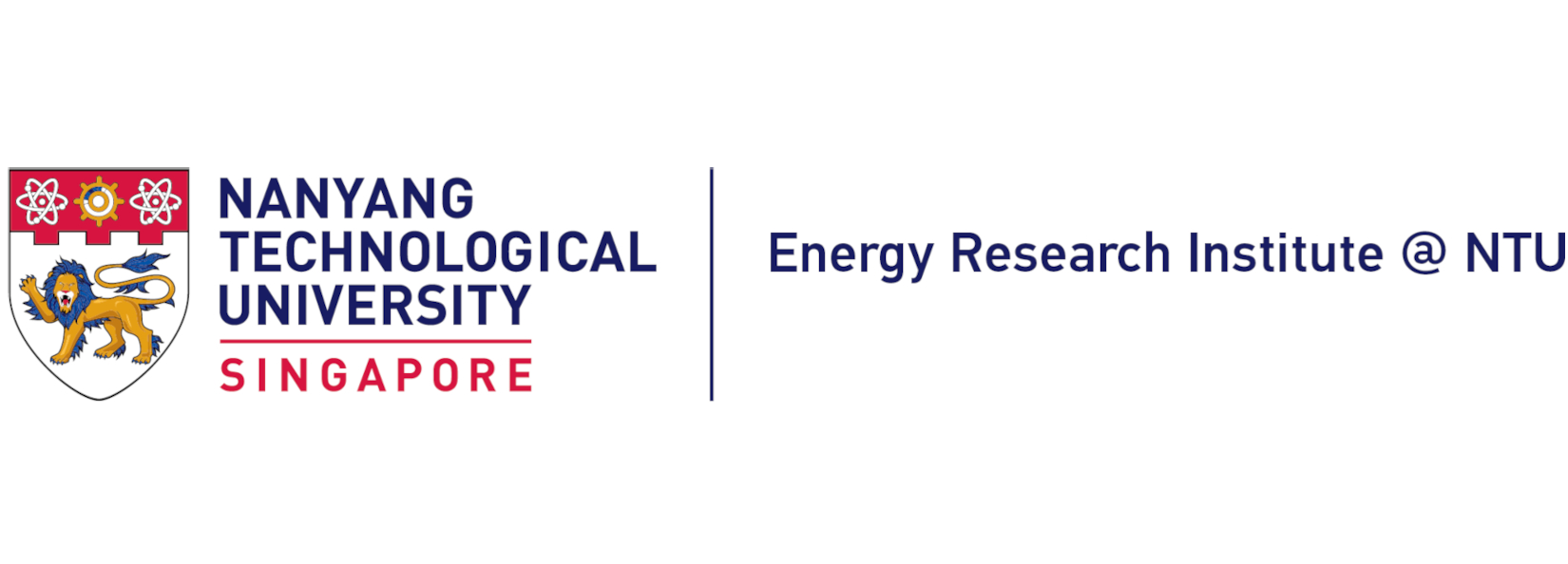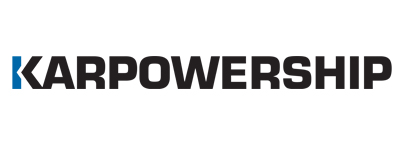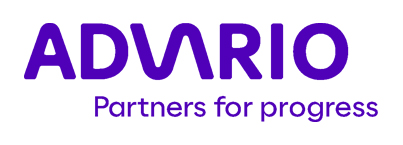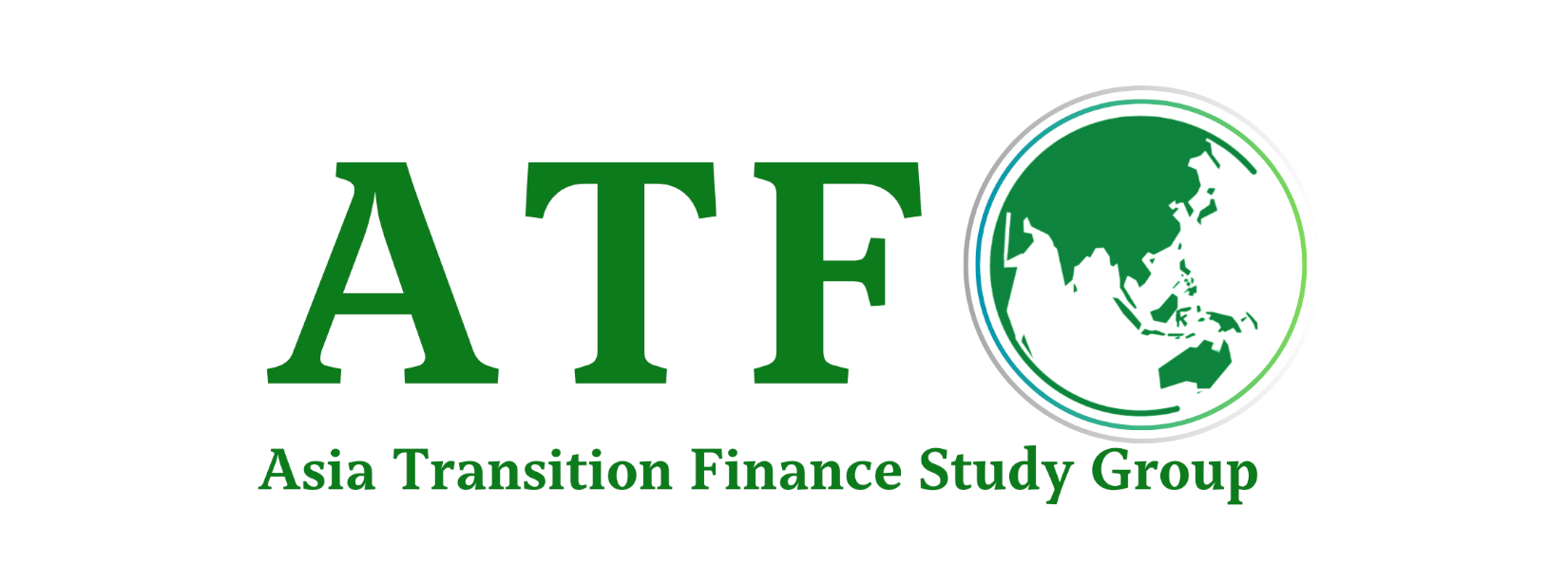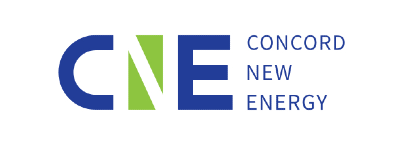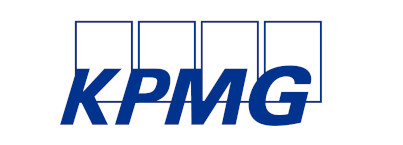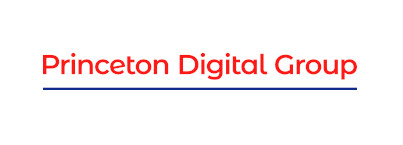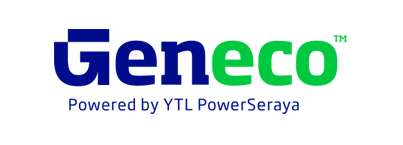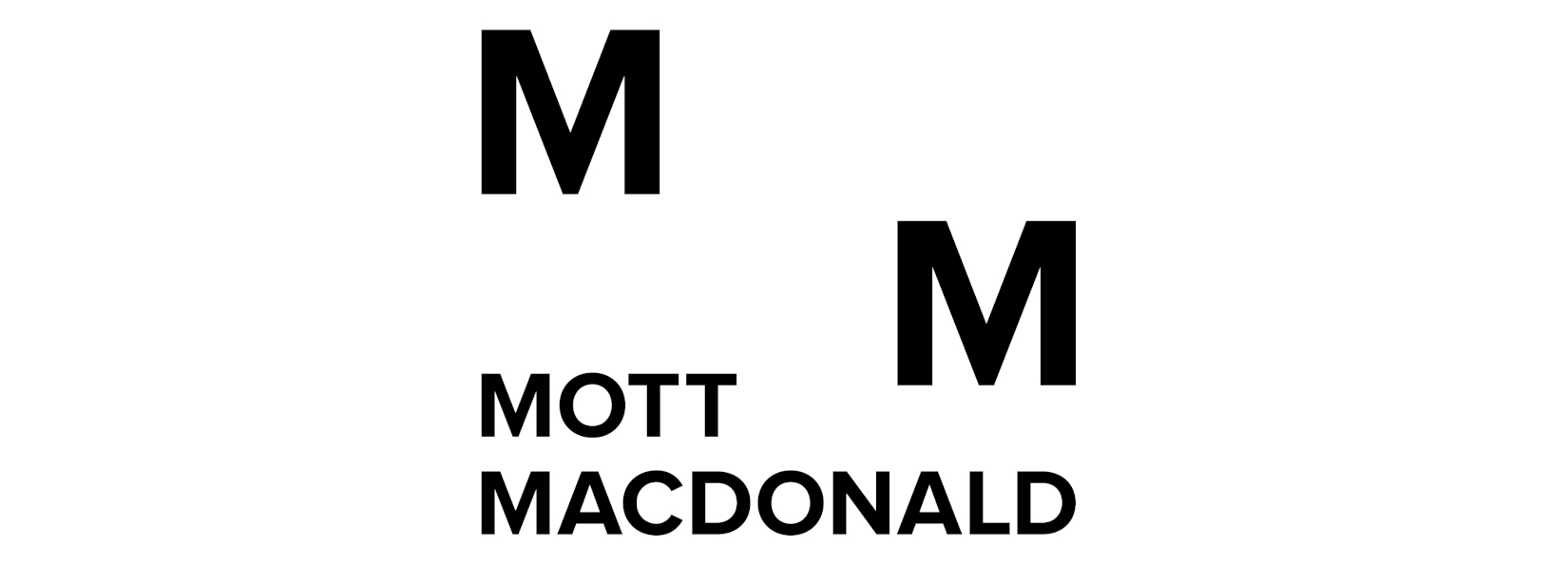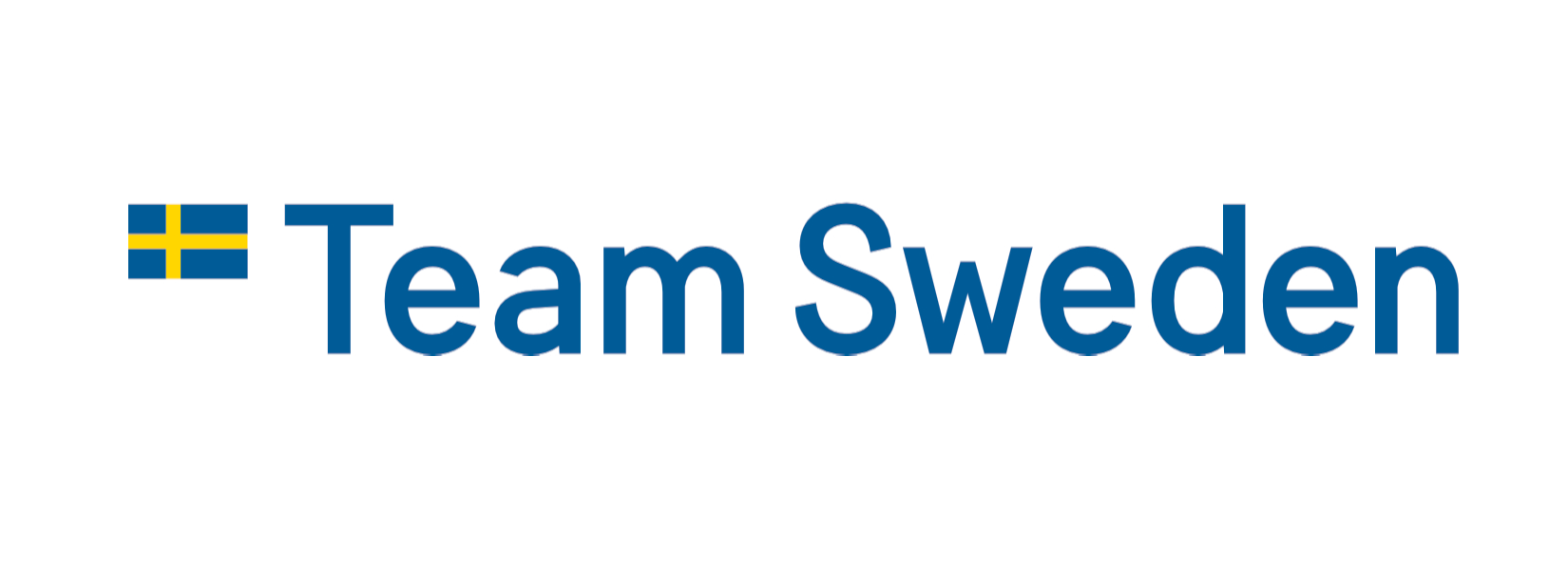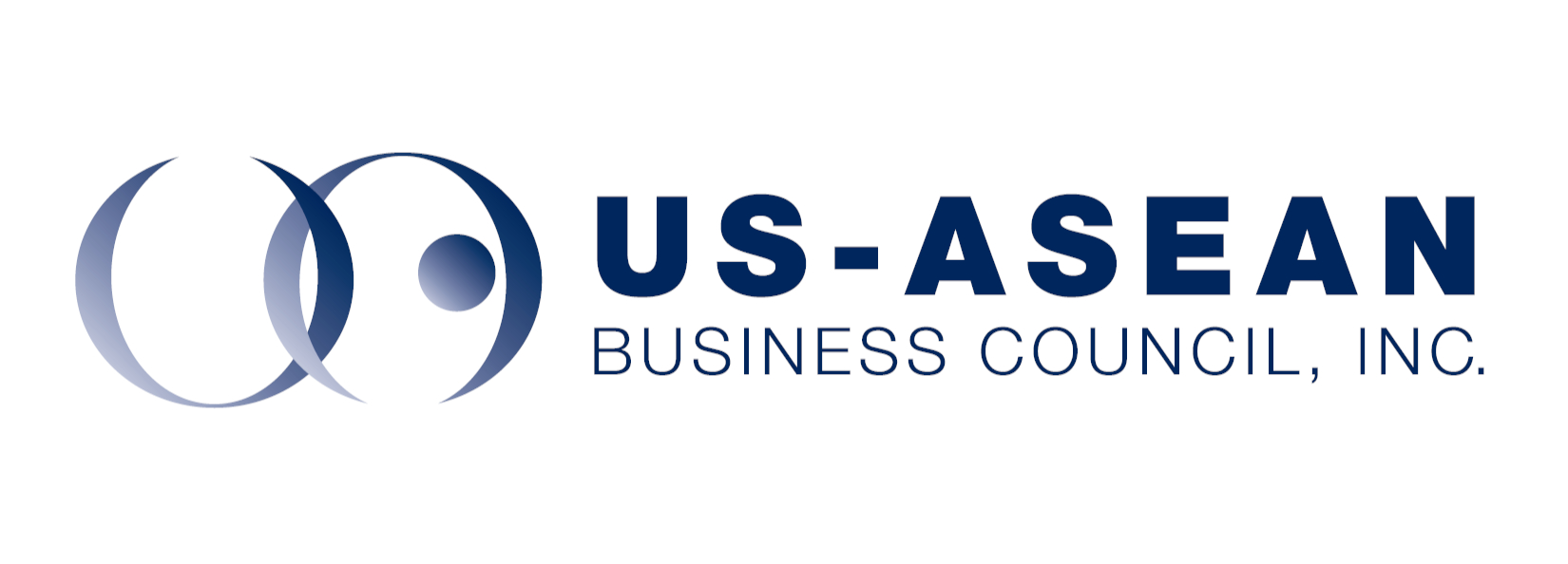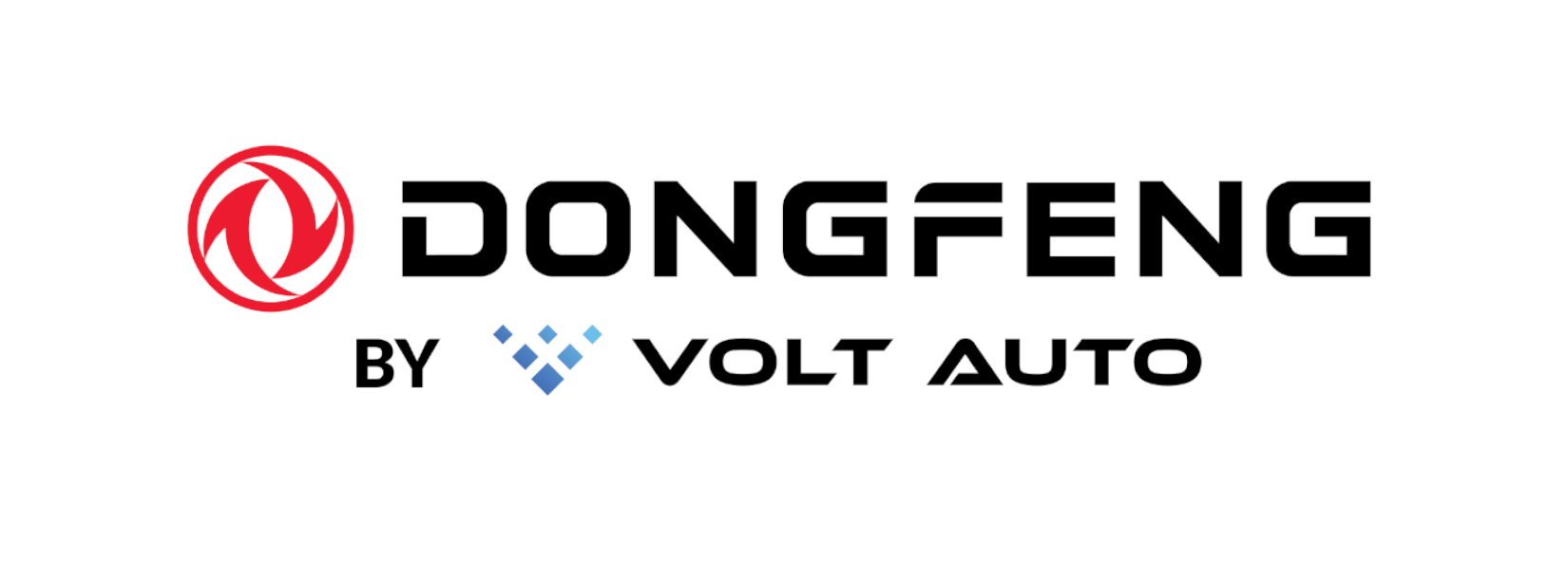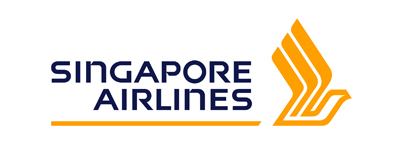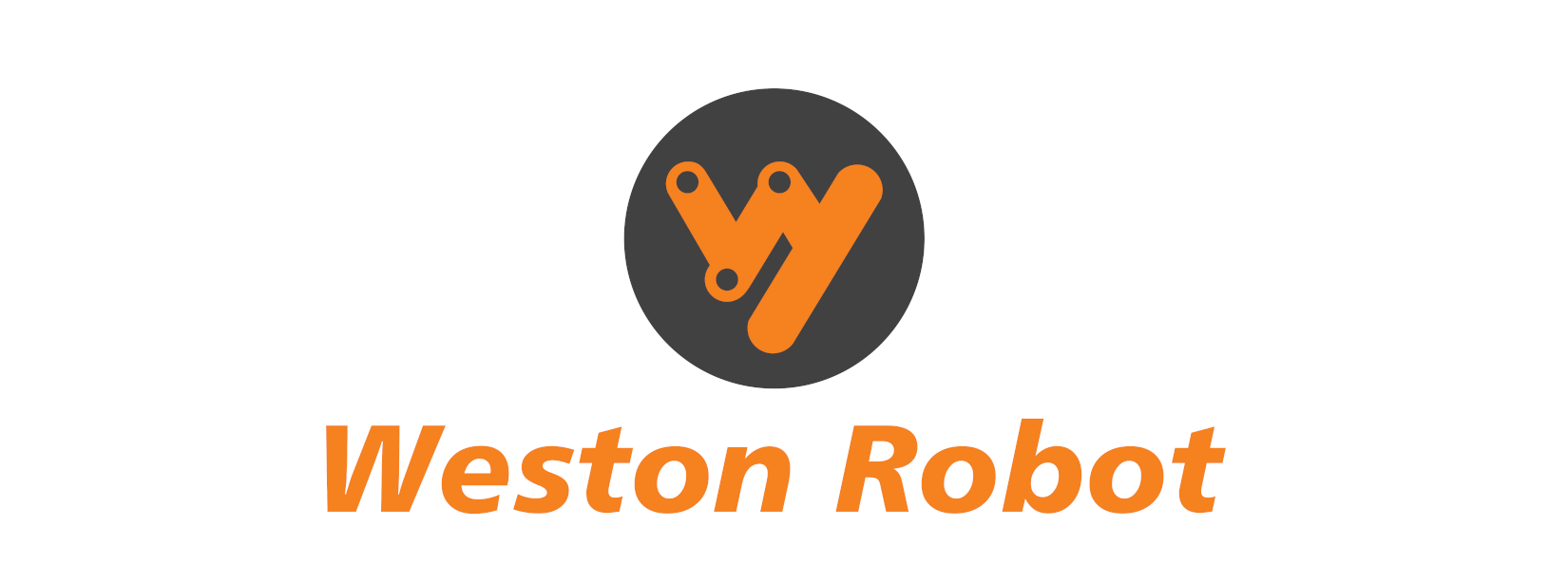Prominent leaders in the inaugural Leaders Dialogue tackle the the pressing question of how to navigate Asia's path to net zero effectively.
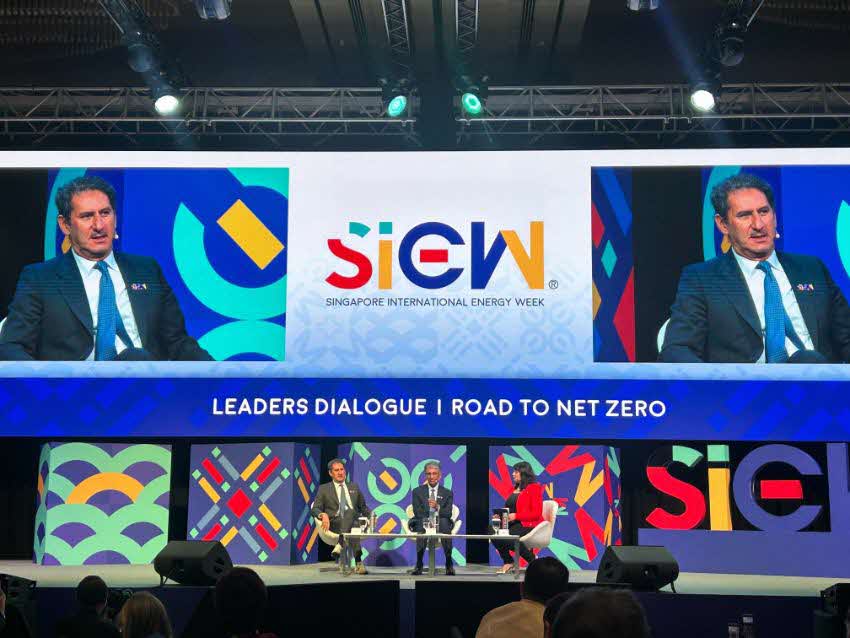
During the inaugural Leaders Dialogue: Road to Net Zero at SIEW 2023, prominent leaders convened to tackle a pressing question: How can we effectively navigate the ever-changing road to net zero for Asia?
The dialogue, led by Francesco La Camera, Director-General, International Renewable Energy Agency (IRENA), and Mr Sandrasegara, Executive Director and Chief Executive Officer, Temasek, resounded the urgency associated with the challenging timeframe and immense importance of the endeavour. Here are the key insights gleaned from the discussion:
- Global inaction compounds challenges in the energy transition
Both speakers highlighted that the ramifications of global inaction in the energy transition have far-reaching and compounding effects for everyone involved. Progress in the energy transition cannot be projected or assessed in isolation from external variables.
Mr La Camera emphasised the critical need for rapid renewable energy capacity installation, and that the consequences of global inaction would have far-reaching and compounding effects for all stakeholders. He pointed out that if the world does not achieve 1,000 gigawatts (GW) of renewable energy capacity in 2023, "it means that in the next six years, we’ll have to install 1,200GW per year. With each passing year, the challenge of building additional capacity compounds in an exponential fashion. In the end, we’ll discover that we’ll never make it. This is something the world cannot afford".
Mr Pillay underlined the interconnected nature of the energy transition, stating that the "energy transition cannot be looked at in isolation with energy security and energy affordability". Multiple parties, including institutional investors, philanthropic capital, and multilateral development agencies, need to come up with programmes to address investing risks in the energy transition to make it viable.
Reducing infrastructure costs crucial to fuel renewables deployment in emerging markets
The gap in renewable energy infrastructure between developed markets and emerging markets is driven by distinct factors. Mr Pillay discussed the need to make renewable energy investments more financially viable and accessible in the latter by addressing infrastructure-related challenges and costs. "The question of infrastructure financing is how to bring the cost of capital down, especially in emerging markets.
"The developed markets have a different set of issues, which is policies and regulations. The emerging markets' biggest issue is climate finance. How do we make it viable for private investors and sponsors to go ahead and put capital to work. That requires not just governments with their frameworks, but multilateral development agencies to come in with things like first-loss capital and risk insurance protection. Most agencies are working with governments for policy frameworks," he added.
Mr Pillay also underscored the need for philanthropic investors and concessional capital. "(Infrastructure financing) also requires philanthropic and concessional capital to be made available side-by-side with the multilateral development agencies. If we don’t have these building blocks in place, I don’t know how you are going to get the financing structure in place to build up the infrastructure required."
Concrete actions beyond consensus needed to pave the way for cross-border financing solutions
The way forward involves concrete actions that go beyond consensus, facilitating cross-border financing for renewable energy initiatives and projects in Southeast Asia and the Asia-Pacific region.
Mr La Camera underlined the need to overcome structural and technical barriers, alongside the development of a skilled workforce. "First, we have to overcome the structural barriers. Renewables are the most convenient way to produce energy, but we are not going fast enough. Next, we have to overcome challenges—in interconnectivity, flexibility, balancing the grid, market design—and policies that are fitting to work on the demand side, providing support. And third, we have to build institutional capacity and a skilled workforce. These are the main barriers that we have to overcome."
Mr Pillay emphasised that swift resolution of climate finance requires join effort among governments, multilateral agencies, private investors, concession capital, and companies. "We have to address the challenges on climate finance issues quickly because if we cannot do that— between governments, multilateral government agencies, private investors, concession capital, and companies—we won’t get to where we need to get to."
The Leaders Dialogue concluded on the note that convergence of government, multilateral organisations, financial institutions, and industries underscores the global and interdependent nature of the energy landscape today. The energy transition towards a net zero world impacts us all—as global citizens and participants in an interconnected global economy.


